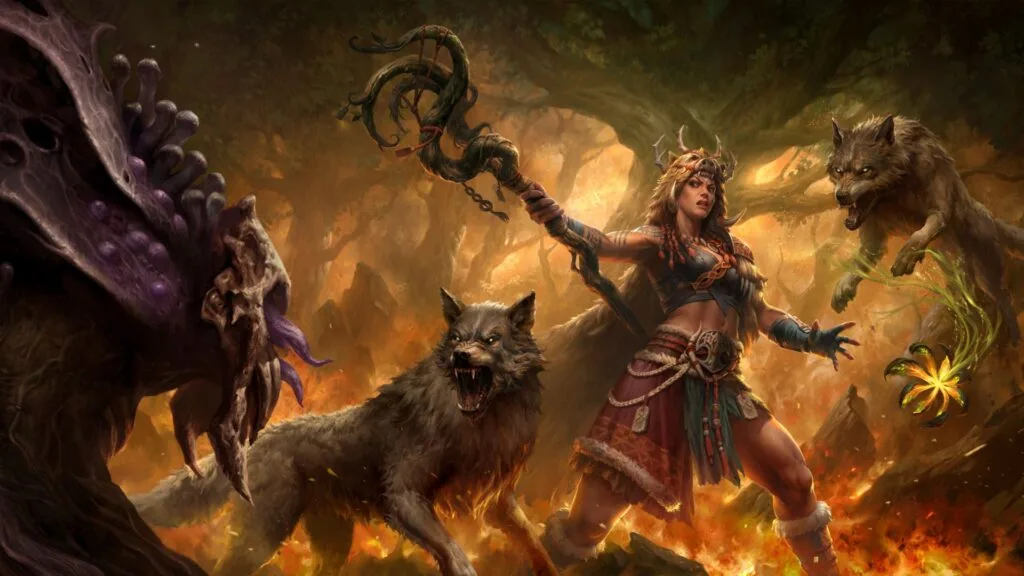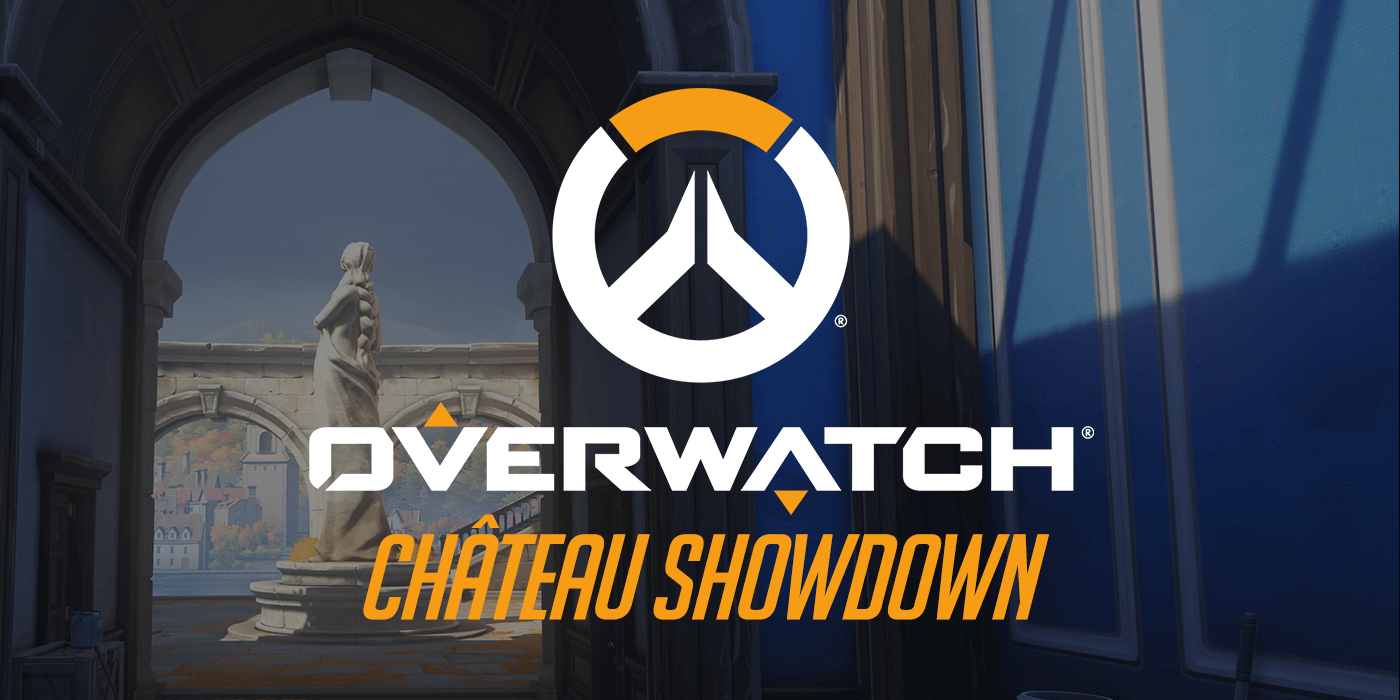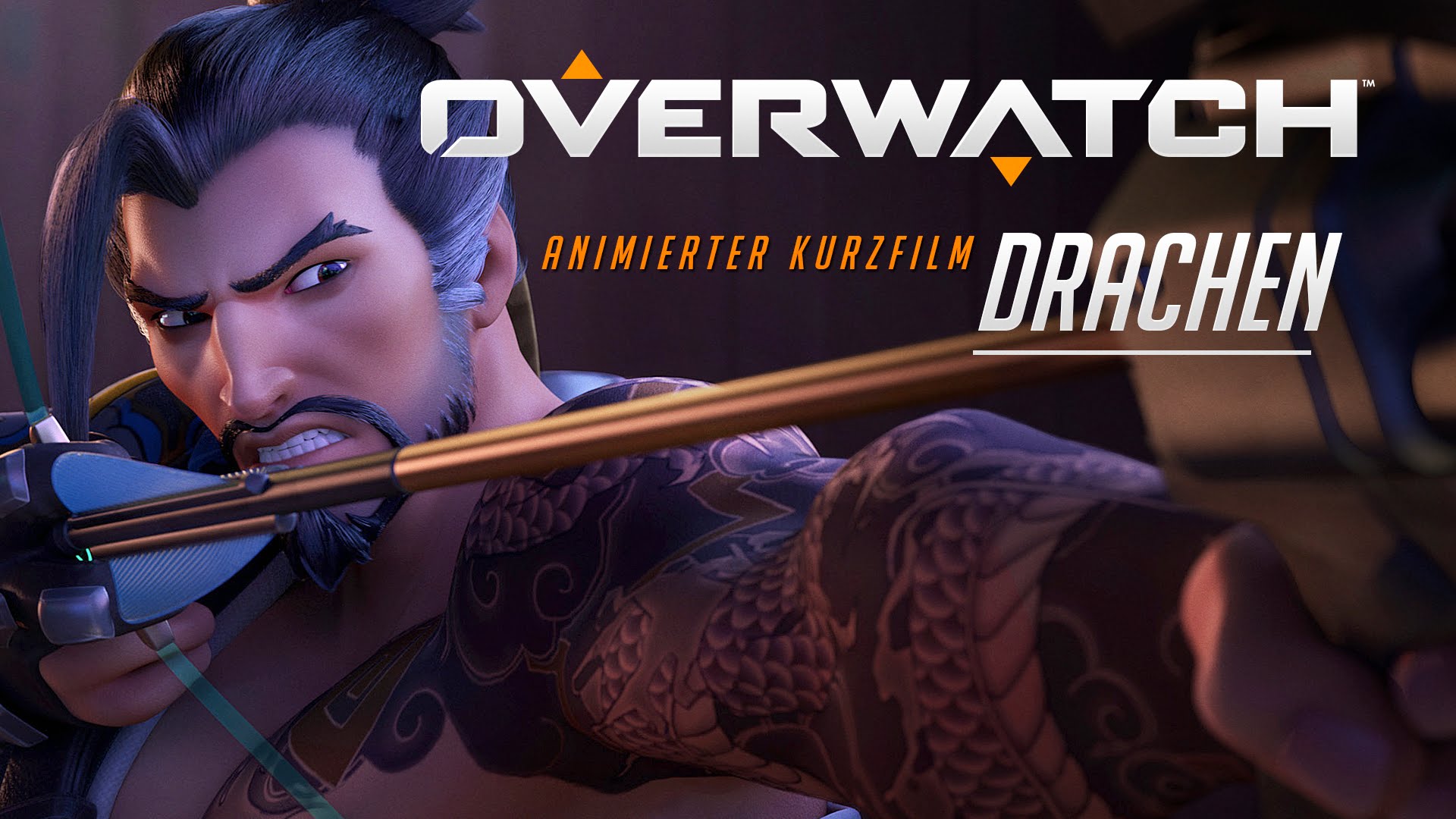Schlagwort: blizzard entertainment
-

Overwatch 2: Stadion-Modus bringt frischen Wind ins Spielgeschehen
Reading Time: 4 minutesOverwatch 2 steht kurz davor, die größte neue Spielweise seit der ersten Ankündigung von Overwatch im Jahr 2014 zu veröffentlichen. Der neue Modus „Stadion“ ist ein Best-of-7-Modus, in dem du deine Held:innen über mehrere Runden hinweg mit stärkeren Fähigkeiten aufrüsten und so die Bedeutung des Gameplays von Overwatch neu definieren kannst. In…
-

Drei der Lieblings-Builds der Diablo IV-Entwickler, um den Abgrund zu erkunden
Reading Time: 7 minutesDiablo IV kennt keine Grenzen, wenn es um Abenteuer geht. Durch den hohen Wiederspielwert und das stark individuell anpassbare Gameplay ist es ein wesentlicher Teil des Vergnügens, sich in verschiedene Builds zu vertiefen. Heute stellen wir euch drei von den Entwicklern persönlich ausgewählte Lieblings-Builds vor. Probiert doch einen davon selbst aus, wenn…
-

Q&A mit den Entwicklern von Diablo IV, Paragon-System, PvP und mehr
Reading Time: 10 minutesSeit seiner Ankündigung im Jahr 2019 fiebern Spieler auf der ganzen Welt der Veröffentlichung von Diablo IV entgegen. In den vergangenen Wochen durften wir in eine Vorschauversion des Spiels eintauchen und wurden von seinem aufregenden Gameplay, seiner düsteren Lore und seinem endlosen Wiederspielwert verzaubert. Unten findet ihr ein exklusives Interview mit den…
-

Blizzard Arcade Collection arrives today on PS4 and PS5
Reading Time: 6 minutesIn the early 90s, times were simpler. The internet was a baby. Phones were only used for phone calls. “Cutting-edge graphics” meant “256 colors.” And back then, a little company that called itself Silicon & Synapse came together around the simple idea of making the types of games that the people at…
-

Château Showdown: Let the Deathmatch Begin!
Reading Time: 2 minutesAh, there you are. Let’s take a trip near Annecy in southeastern France with Anthony_Kongphan, CDNThe3rd, DizzyKitten, Elspeth and LIRIK. Starting on December 13th through December 17th, watch as each streamer fends for themselves playing Free-For-All Deathmatch mode in Overwatch. How does it work? Each streamer will compete individually in an effort…
-

Overwatch | Animierter Kurzfilm | „DRACHEN“
Reading Time: < 1 minute[mbYTPlayer url=“https://www.youtube.com/watch?v=ai5p7Hm84FI“ opacity=“.5″ quality=“medium“ ratio=“auto“ isinline=“false“ showcontrols=“false“ realfullscreen=“true“ printurl=“true“ autoplay=“true“ mute=“true“ loop=“true“ addraster=“true“ stopmovieonblur=“false“ gaTrack=“false“] Overwatch | Animierter Kurzfilm | „DRACHEN“ (DE) – YouTube Erfahrt in unserem dritten animierten Kurzfilm „Drachen“ mehr über die Hintergründe einer der erbittertsten Rivalitäten von Overwatch! Werdet am 24. Mai zu Helden auf PC, PlayStation 4…
-

Next World of Warcraft expansion announced: ‚Warlords of Draenor‘
Reading Time: 2 minutesBlizzard has confirmed ‚Warlords of Draenor‘ as the next expansion for World of Warcraft at today’s BlizzCon 2013. It will feature time travel, in addition to new character models and animations. Here’s the full info: Blizzard will also raise the MMO’s level cap to 100, and Draenor will give players the option to boost one character —…





